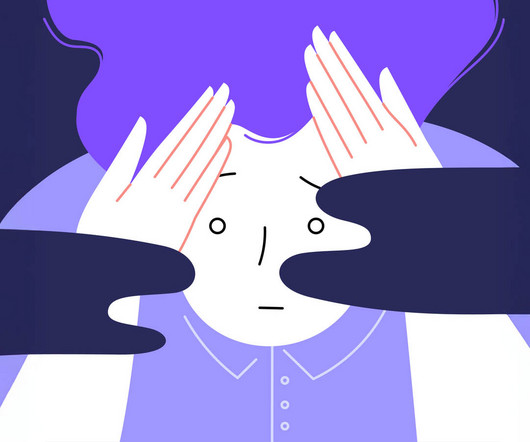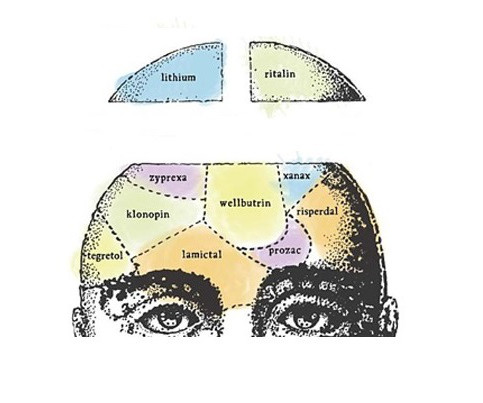A Reflection on “Unshrunk: A Story of Psychiatric Treatment Resistance”
Mad in America
APRIL 5, 2025
Laura was diagnosed with bipolar disorder. While previously bipolar disorder, formerly called manic-depressive illness, was applied to a narrow group of people who experience dramatic extremes of mood and energy level interspersed with periods of fairly normal function, it was now applied to a much broader range of people.














Let's personalize your content